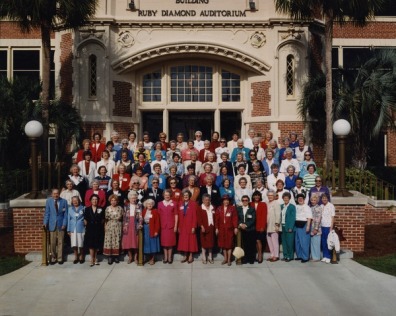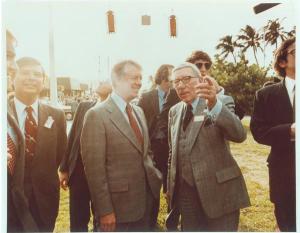Some Context
Mayor John F. Hylan made the remarks reprinted below when radio was still very much in its formative stages. KDKA Pittsburgh, with which WNYC was frequently compared because our transmitter was a replica of theirs, was the first commercially licensed station and only four years old. The Commerce Department was overseeing the issue of licenses and regulations that had not kept pace with rapid changes and innovations in the technology. The establishment of the Federal Radio Commission was still three years off, and its successor agency, the FCC, wouldn’t come on the scene for another ten.
Radio Digest report during city’s fight to get a transmitter. (WNYC Archive Collections)
Pressing communications issues of the day had Hylan focused on a handful of key points to justify a government, tax-supported broadcaster. He clearly opposed a broadcast system like that found in Britain, supported by receiving set license fees. He and WNYC founder Grover Whalen had just fought against what they called ‘the Radio Trust,’ characterized as a corporate conspiracy to control the airwaves through patent ownership of the technology. Like most politicians of every era, Hylan felt he wasn’t getting a fair shake from the press and argued the print media alone was not up to the task of providing for an informed citizenry. Commercial broadcasting too, he believed, could not sufficiently fill certain gaps in information, education and entertainment. And finally, Hylan argued that the emerging technology would be a boon to police, fire and health departments by helping to capture criminals, smother flames sooner and keep the public up to date in the war on disease.
1925 newspaper headline about Mayor Hylan’s use of WNYC. (WNYC Archive Collections)
But even as WNYC was just getting on the air, the chief concern among its critics was the potential for abuse by a government-controlled broadcaster; a concern that would cast a shadow over the station for the next 73 years. One wary editorial board wrote: “There will be a strong temptation to make the municipal radio a partisan instrument. Nor is there anything in the record of this Administration to inspire the belief that the temptation will be resisted.” Indeed, Hylan would prove that he couldn’t resist using the station for political ends, provoking a threat to its existence. Fortunately, the baby WNYC wasn’t thrown out with the bath water. In fact, the amazing thing is that the station went on to survive nearly annual calls for its defunding in the name of weary taxpayers, as well as periodic charges of censorship, commercialism, communist propaganda, and bias toward one group or another through twelve more administrations: Democratic, Fusion and Republican.
More than just surviving, WNYC became a fertile ground for innovation and leadership in broadcasting; provided countless opportunities for those who would advance journalism and art; and provided a forum for debate, discussion and exploration of the pressing issues of the day. And it could enter the home and heart like few other outlets, creating an unprecedented type of personal connection, free of commercials.
The following speech by Mayor John F. Hylan was delivered over WNYC, July 8, 1924 commencing at 9:22 PM.
_______________________________________
The City of New York employs tonight a new medium for the entertainment and education of the people — The Municipal Radio Broadcasting Station. There are some five hundred broadcasting stations throughout the country, but this is the first one to be conducted under municipal auspices.* In view of the existence of so many private stations, inquiry might very properly be made as to the necessity for the operation of an independent station by the City of New York. A few observations may be helpful.
In the field of entertainment by radio, acknowledgment is at once made that for the past three years private broadcasting stations have performed a most commendable civic service. The sign-boards of the time, however, hold out no assurance of a continuance of free reception on the same scale as the radio audience has been enjoying.
We are told that many artists, heretofore content with the flowers of publicity and popularity garnered through radio performances, are now seeking something which appeals to the purse as well as to the heart. Pocket-filling as well as soul-filling appreciation is rapidly becoming the order of the day. Who shall meet the expense incident to the gratification of this very human impulse is a subject inviting a great diversity of opinion.
National organizations are reported to have issued orders against radio performances by any of their concert artists because gratis radio performances have in many instances not only failed to increase subsequent paid admissions to concerts but have also occasionally reacted unfavorably on the box office. Opposed to this contention, the broadcasting of plays and musical comedies, some of which have not been overburdened with theatre patronage, is said to have given a healthy impetus to increased attendance.
An announcement that is becoming more and more familiar to all owners of receiving sets is: “Owing to copyright complications, this number cannot be broadcasted.” That, at least, is definite, tangible, evidence that lavish broadcasting of popular musical numbers or those from which a maximum of revenue has yet to be derived, is now a thing of the past.
Manufacturers and private business establishments, which have been paying for broadcasting of radio programs, generously interlarded with references to their enterprises, are not a unit in proclaiming that this method of advertising their wares brings results justifying the expenditure. In fact, it is not unusual to hear that an audience, which has been prepared for a program free from advertising, takes with ill-grace a program decorated with propaganda and declines to be numbered among the well-wishers of the business exploited.
Viewing the future situation of the radio from these many angles, one may, with good cause, anticipate a retrenchment rather than an expansion of free radio entertainment.
Many suggestions have been put forward for bridging the gulf between the cost borne by private enterprise and the radio services enjoyed by the public. A monthly tax to be paid by all “listeners-in” and to be collected by the private broadcasting stations, but in a manner not yet disclosed, is one plan. The use of an unusual wave length or other expedient, requiring the purchase of a special device for reception, is another. The simultaneous broadcasting by widely scattered stations and the construction of a national super-broadcasting station, furthering the purposes of economy, are still others. Running through most of the suggestions offered is the disquieting conclusion that the public need hardly expect to continue indefinitely to receive entertainment with no greater contribution than the mere turning of a dial.
It would not be well for the City of New York to be laggard in recognizing the possible evil effects of a discontinuance of free radio service or a centralization of control of broadcasting which might mean the placing of a financial impost upon the public, or, the acceptance by the public, in lieu thereof, of odds and ends of educational and recreational programs. Doubtless, there are many individuals upon whom a special tax for radio reception would rest with no great weight. But they are decidedly in the minority. Countless thousands could not afford to bear an expense other than the original cost of a radio set and occasional replacement parts.
Hence, the responsible officials of the City of New York, appreciating their obligation to provide for such a contingency and any other possible untoward developments in the radio industry, have opened Station WNYC, a powerful and efficient broadcasting equipment, for the benefit of the people, not alone of New York but of all the nation, to whom this city belongs.
To insure uninterrupted program of recreational entertainment for all the people is one of the compelling reasons for the installation of the Municipal Radio Broadcasting Station. To assist the police department in the work of crime prevention and detection; the fire department in the expeditious employment of its land and marine equipment in fighting fires; and the health department in safeguarding the physical well-being of New York’s gigantic population are also some of the conspicuous services to be rendered by this municipal plant. The improvement of the people in every walk of life, through the educative power of the radio, may also be considered one of its paramount purposes. Good government, depending as it does upon an intelligent, active and alert citizenship, demands the employment of every possible means for a wider diffusion of authoritative information upon municipal matters.
Generally speaking, facts and information regarding the municipal service are obtained through three principal channels: personal observations of actual conditions; daily newspapers; and official reports summarizing, quarterly and annually, the activities of service.
Those who have opportunities to become personally familiar with the operations of the municipal machinery, because of business relations which bring them in contact with particular arms of the service are few in number. The great majority of the people lose such contact because there is no business necessity or personal inclination for making a dreary round of department. There is, however, a very general desire to become acquainted with the operations of government if the information but be imparted in an attractive manner. The Silver Jubilee Exhibit is an example. A comprehensive idea of how the municipal government functions was there given, and hundreds of thousands were not slow to take advantage of it. The lessons in civic science, graphically presented, constituted an advance in popular education that brought forth many favorable tributes of appreciation.
The second channel of information — the daily newspapers –unquestionably reaches the greatest number of people. For a variety of reason, however, the press does not always find it expedient to devote much space to the routine of government and hence educative features pertaining to municipal government, are now, as a rule, particularly stressed.
Official reports, constituting a dependable channel of information, are always of interest to the student of the science of government. Unfortunately, they lack appeal to the average citizen because of the abundance of statistical data necessarily included for comparative as well as record purposes.
Thus is will be seen that in none of the three principal channels for public enlightenment on municipal government are the great masses of the people effectively reached. Yet an enlightened citizen interest is imperative if government is to be made either representative or successful.
We have, therefore, been confronted with the necessity of providing a new channel for the dissemination of municipal information. That new channel is the Municipal Radio.
Municipal information, formerly available only after patient perusal of reports, is now to be brought into one’s home in an interesting, delightful and attractive form. Facts, civic, social, commercial and industrial, will be marshaled and presented by those with their subjects well in hands. Talks on timely topics will also be broadcasted. Programs sufficiently diversified to meet all tastes, with musical concerts, both vocal and instrumental, featured at ll times, should make “tuning-in” on the Municipal Radio pleasant as well as profitable.
Through the employment of this modern and very effective means of transmitting information, an aroused public interest in the municipal government may logically be expected to ensue upon a broader understanding, a clearer knowledge and a deeper appreciation of its functioning. And it follows, as night the day, that the more enlightened the citizenship the better it becomes.
That there is need of an extension of education in public matters at this time, even to a greater extent than has heretofore been considered necessary, will be appreciated when it is recalled that for the first time, after more than a half century of struggle, the City of New York now enjoys some measure of Home Rule. How well we shall use the new grant of power depends both upon the people themselves who are the paymasters of their public servants.
The best results will be achieved when each group, appreciating its individual responsibilities, cooperates with the other toward a common end. The pressure of public opinion is essential to the safe guidance of the official craft. Cooperation is the compass which will insure the safety of our municipal argosies from the stray winds of private interests on the new uncharted seas of Home Rule.
Community needs and official acts are inter-dependent. They must be reflective of the other.
If the people would have their wishes interpreted, economically and efficiently, they must maintain a continuing interest in the administration of the government. “The inarticulate public” and “the voiceless masses” are flare-backs to the days when government was administered for the benefit of the favored few. An enlightened citizen interest, militantly expressed, is now in keeping with the trend of the times.
We are prepared to tell you over your own radio just exactly what is being done to make your city a better place to work in and to live in. Essential information as to the progress and problems of city government will be broadcasted. This will provide a fact basis upon which the people may found constructive criticism. That is what is needed and always welcome.
Send along your suggestions. Even if you think they are poor and insignificant, send them along. They will, at least, indicate civic interest. And civic interest is the most necessary fundamental for the progress and perpetuity of any government.
You are as free to write as the very air which carries these words to your home. Write us! Letters, you know, do bring brains and hearts together. If you close the doors of your lips or decline to give expression to your thoughts on pertinent municipal matters, we shall have to guess what is in your mind. And guess work is a very sandy foundation upon which to build any permanent structure.
Without the support and confidence of an enlightened citizenship, no administration can effectively discharge its full obligation to all the people. And an enlightened citizenship is one that appreciates its obligations as well as its privileges. I thank you.
________________________________
Thanks to the New York City Municipal Archives and archivist Alexandra Hilton for making a copy of Mayor Hylan’s original address available to us.
*Note: WNYC was not the first municipally owned radio station in the United States. That distinction goes to WRR in Dallas, Texas.
![]()





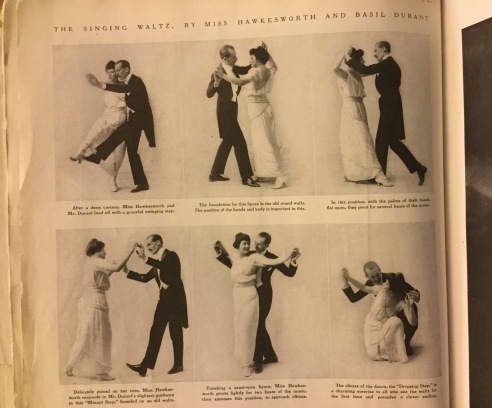
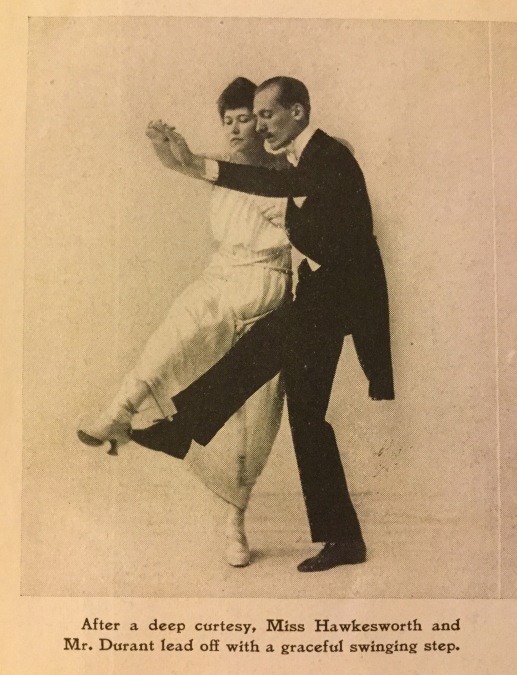
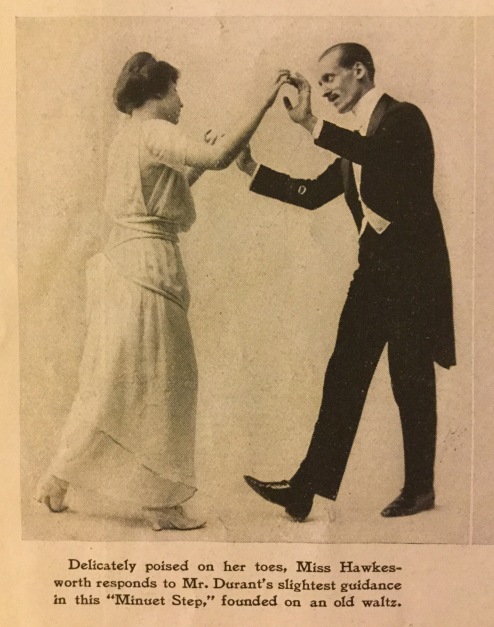





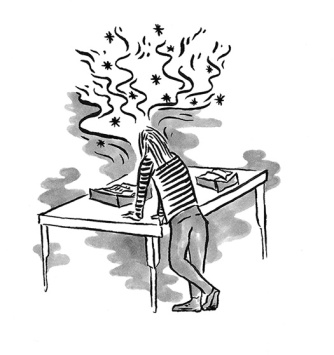
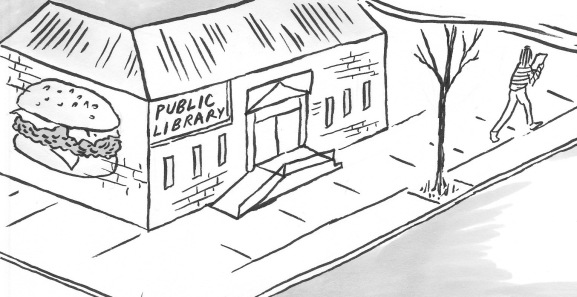
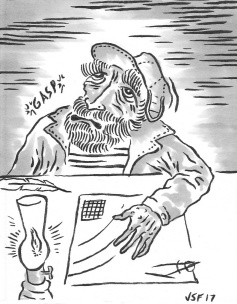








 But this exhibition will live on in the form of the catalog published by Amherst College Press. Although I have a personal preference for the print edition of this volume, it is freely available for download from our all-open-access press:
But this exhibition will live on in the form of the catalog published by Amherst College Press. Although I have a personal preference for the print edition of this volume, it is freely available for download from our all-open-access press: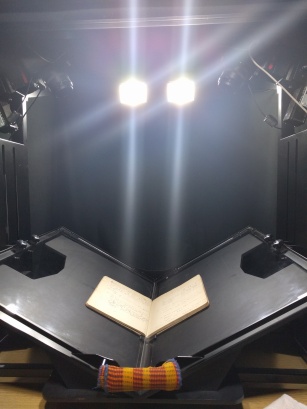












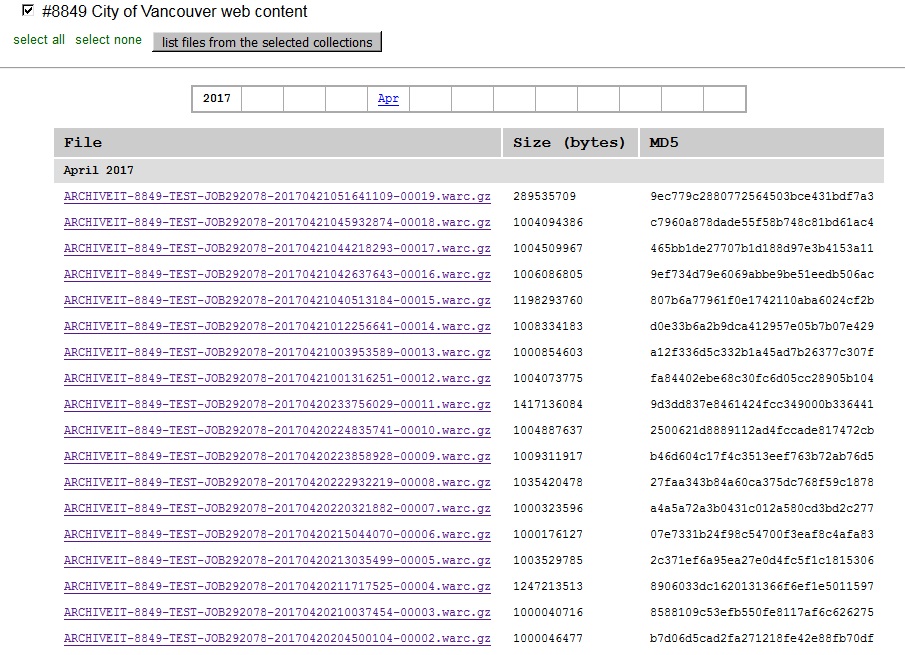
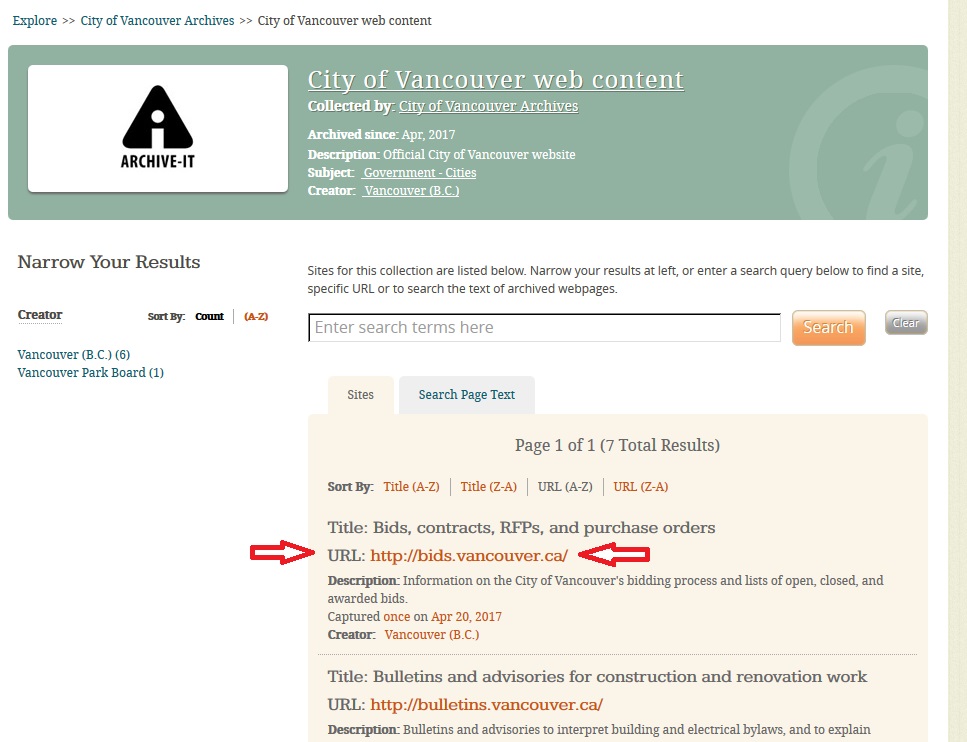
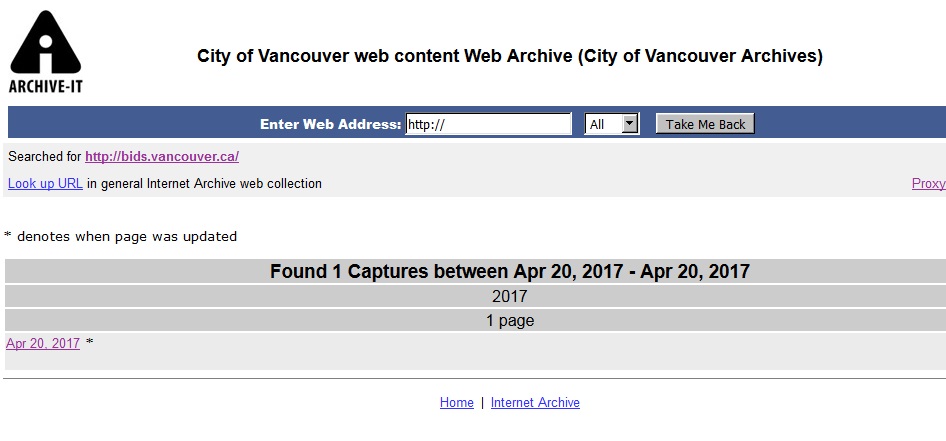
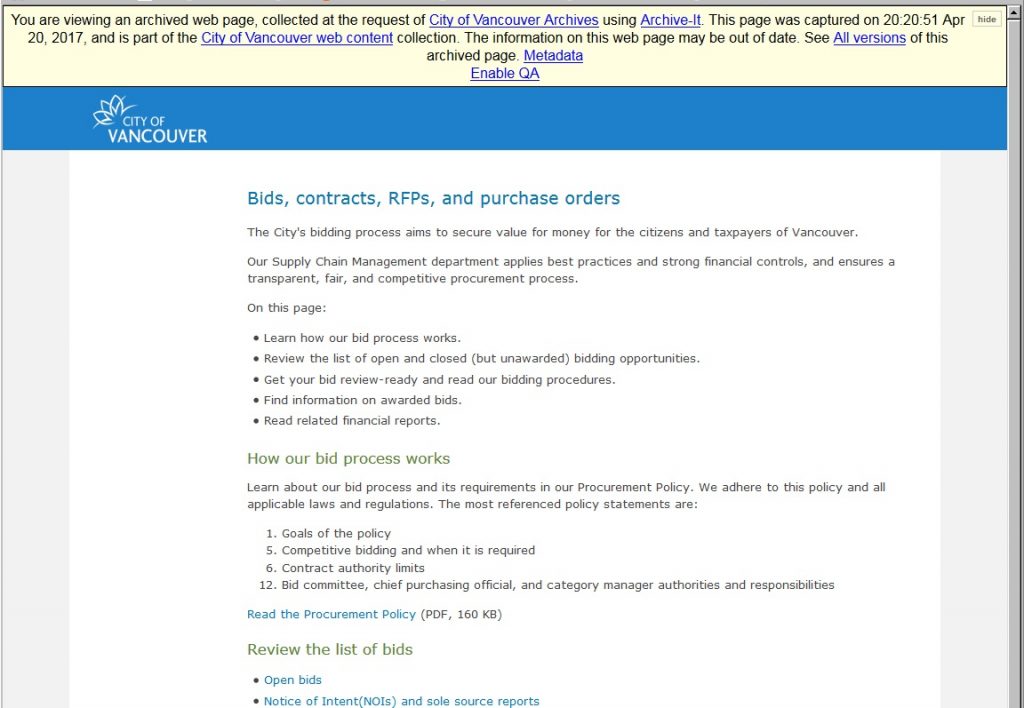
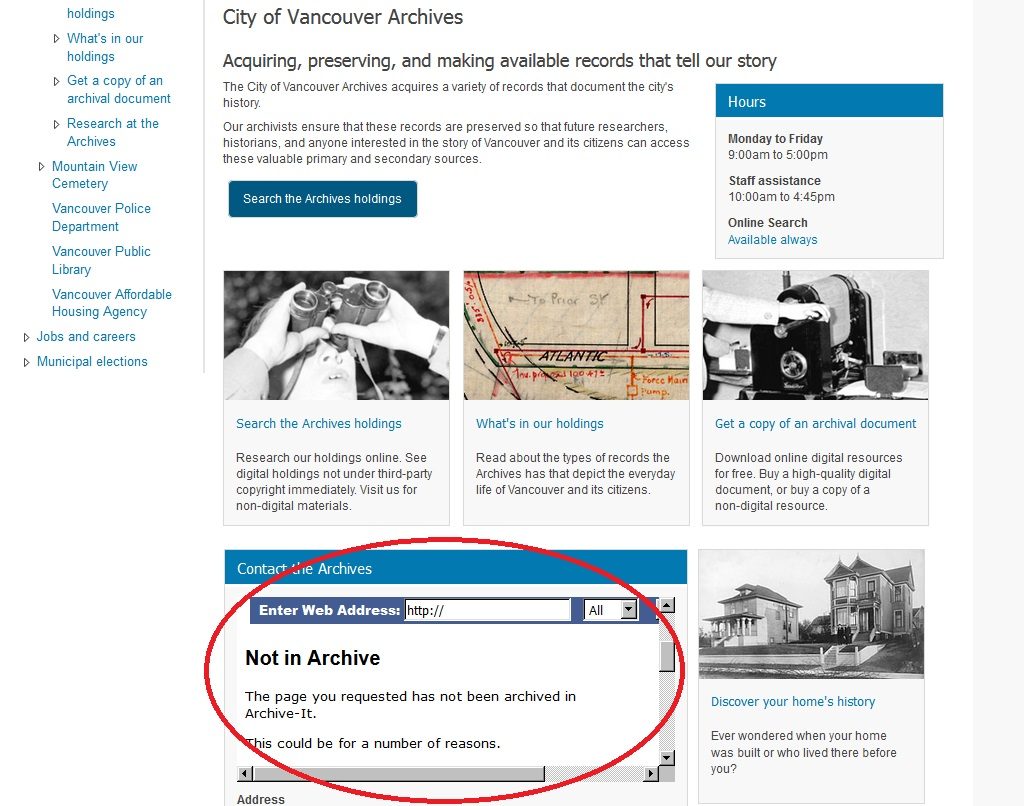
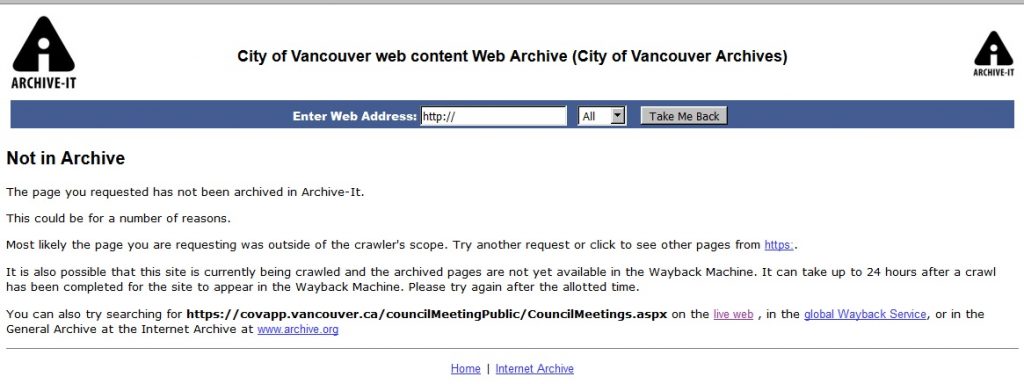
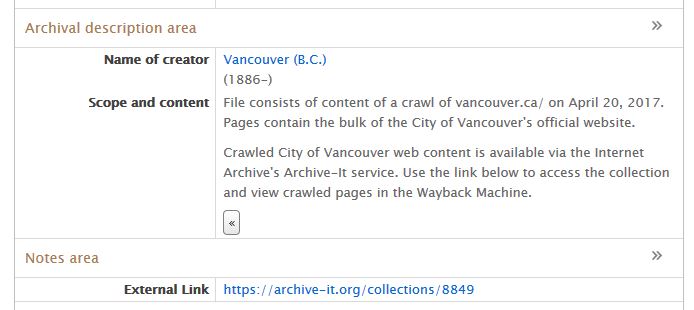








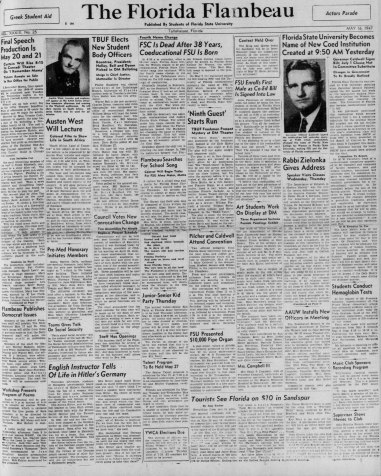 Today marks the 70th anniversary of the creation of FSU! On May 15th, 1947 at 9:50am, legislation was passed to make the Florida State College for Women and University of Florida co-educational. After WWII, young men were enrolling to universities in record numbers, which included the University of Florida. However, UF couldn’t accommodate so many new students and turned them away. Veterans in Tallahassee and surrounding areas petitioned to take classes at Florida State College for Women, but Florida’s attorney general, Thomas J. Watson, declared it illegal. Circumventing the law, Secretary of State R.A. Gray established the Tallahassee Branch of University of Florida. In 1946, just under 1000 men moved into temporary housing at Dale Mabry Field and started taking classes alongside women at FSCW. By 1947, support for co-ed education had increased, and in May, Governor Millard Caldwell signed the legislation to create Florida State University.>
Today marks the 70th anniversary of the creation of FSU! On May 15th, 1947 at 9:50am, legislation was passed to make the Florida State College for Women and University of Florida co-educational. After WWII, young men were enrolling to universities in record numbers, which included the University of Florida. However, UF couldn’t accommodate so many new students and turned them away. Veterans in Tallahassee and surrounding areas petitioned to take classes at Florida State College for Women, but Florida’s attorney general, Thomas J. Watson, declared it illegal. Circumventing the law, Secretary of State R.A. Gray established the Tallahassee Branch of University of Florida. In 1946, just under 1000 men moved into temporary housing at Dale Mabry Field and started taking classes alongside women at FSCW. By 1947, support for co-ed education had increased, and in May, Governor Millard Caldwell signed the legislation to create Florida State University.>
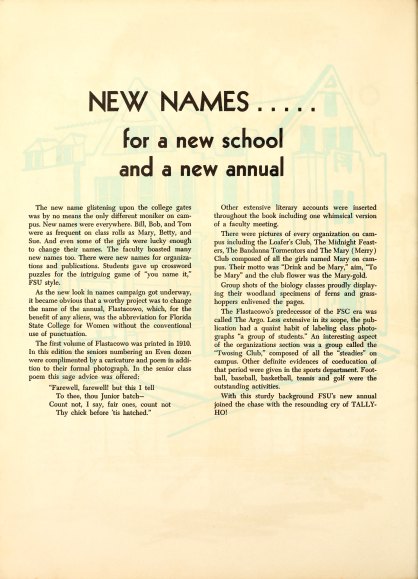 As soon as men stepped on campus in 1946, the culture of the women’s college started to change. While regulations about what constituted dating were relaxed, many of the women were resentful of the changes. Traditions like the Thanksgiving celebrations and color run were canceled, and the name of the annual yearbook was changed from Flastacowo to Tally-Ho. The male population’s requests were taken more seriously than they were when women voiced them, including changing the weekly convocation to a monthly assembly. The changes weren’t all bad, however. State funding for the university became better and varsity athletics teams were established. Women were allowed to drive and have cars on campus, and gained autonomy in where they traveled in town. As the years went on, FSU would turn into the world class institution we know today.
As soon as men stepped on campus in 1946, the culture of the women’s college started to change. While regulations about what constituted dating were relaxed, many of the women were resentful of the changes. Traditions like the Thanksgiving celebrations and color run were canceled, and the name of the annual yearbook was changed from Flastacowo to Tally-Ho. The male population’s requests were taken more seriously than they were when women voiced them, including changing the weekly convocation to a monthly assembly. The changes weren’t all bad, however. State funding for the university became better and varsity athletics teams were established. Women were allowed to drive and have cars on campus, and gained autonomy in where they traveled in town. As the years went on, FSU would turn into the world class institution we know today.